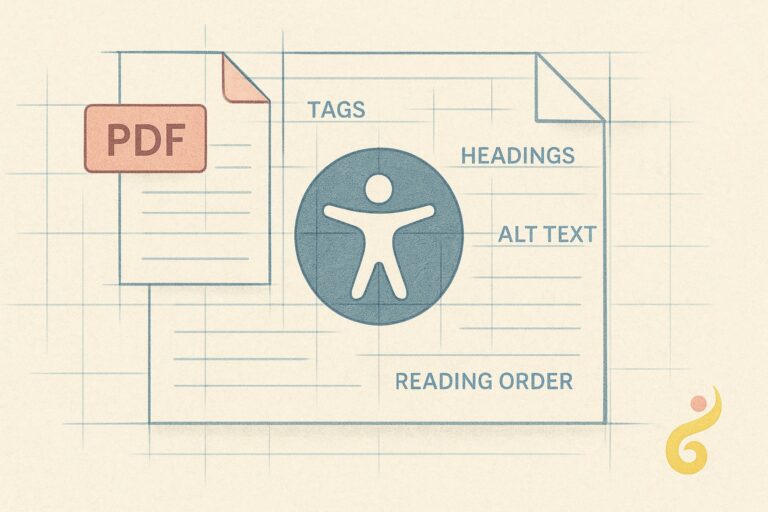So, I was working on the series of articles on Retrieval Augmented Generation. As I was doing so, I asked Perplexity’s “Deep Research” function to go find me some cool water analogies. I’m not sure what, exactly, I should have said differently, in addition, this was probably the wrong tool for the problem, but it, well. Hm. Let’s just take a sec, and let me give you exactly what it came back with.
Ahem.
“Water Based Analogies for Critical Moments and Truth Revelation”
Hydraulic System of Truth and Action The analogy of “where the wave meets the shore” mirrors “rubber meets the road,” >symbolizing the moment abstract plans confront reality. Just as waves shape >coastlines through repeated impact, ideas are tested and refined when exposed to real-world conditions. This reflects the tension between theory (the ocean’s vast potential) and practice (the immutable shoreline).
The Bitter Water Test Rooted in ancient Judaic law, the “bitter water test” (Numbers 5:11–31) forced accused adulteresses to drink ritually prepared water. If guilty, physical suffering ensued; innocence brought blessings. This exemplifies truth emerging under pressure, akin to modern “smoking gun” scenarios where actions reveal hidden realities.
Capacitor of Accountability In electrical analogies, a capacitor acts like a water tank with a rubber membrane: pressure (voltage) builds until the membrane deforms, releasing stored energy. Similarly, accountability systems “store” ethical pressure until a critical moment demands action, testing integrity.
Treading Water in Stagnation To “tread water” signifies survival without progress, as in financial or emotional crises. Unlike “rubber meets the road,” it highlights stagnation—effort expended without forward motion. The antidote? “Swimming toward shore,” or taking decisive action to escape limbo.
Divine Hydration In Christian theology, “living water” (John 4:10–14) symbolizes eternal truth that quenches spiritual thirst. The metaphor critiques mistaking metaphor for reality, as in Joy Williams’ story where engineers dismiss sacred water as “just a metaphor,” missing its tangible power.
The Well of Clarity Pablo Neruda’s “fishing for fallen light in a well of darkness” illustrates seeking truth amid obscurity. Like lowering a bucket into murky depths, it demands patience and faith that clarity exists even when imperceptible.
Fluid Boundaries of Ownership Legal disputes over “ordinary high water marks” (OHWM) on lakes and rivers test property claims against natural forces. These boundaries shift like tides, forcing societies to reconcile fixed laws with fluid ecosystems—a literal “rubber meets the road” for environmental jurisprudence.
Baptism by Firehose The “firehose of information” analogy describes overwhelming data influx. To avoid drowning, one must build “mental levees”—critical filters—to channel useful knowledge while discarding noise.
Conclusion: Fluidity and Resistance
Water-based analogies thrive on duality: life-giving yet destructive, transparent yet deep. From “bitter water tests” to “treading water,” they reveal how humans navigate uncertainty, truth, and transformation. Each analogy, like a river carving rock, exposes the friction between intention and reality—where theory either erodes or endures.
When I flipped over to the tab, I kinda blinked, and then I decided to poke into these a little bit, because, wow. To sum up my investigations, the only one that really seems to not have some basis in history or fact was the “Capacitor of Accountability.” The “Hydraulic System of Truth and Action” comes from Immanuel Kant (the philosopher). The Bitter Water test is a “does this witch weight more than a duck” sort of thing.
And, because I absolutely *know* you were curious:
Using a fire hose for baptism is a decades old tradition of the United House of Prayer, 601 M St. NW, that may be discontinued after this year. Church elders say they intend to hold all future baptisms in a more conventional manner in a new indoor church pool scheduled to be completed next year.
Debbie joined a half-city block full of white-clothed fellow believers, who swayed for a full 15 minutes with arms raised under a falling spray of water coming from a hose attached to a fire hydrant nearby and aimed high in the air. A “shout” band from North Carolina, imported especially for the occasion, played a jumping tempo as the crowd clapped their hands and sang “Amen” in the streets.
“Longtime Fire Hose Baptism Tradition Fading”
United House of Prayer to Use New Pool
Kathleen G. Rhodes, September 1, 1978, Washington Post
I, personally, was picturing something out of Birmingham, AL circa 1963. So, I was (to be really honest) both relieved and disappointed by the revelation that this was much less visceral for the baptisee. After doing a bit more investigation, it turns out that the church elders are not unaware of this symbolism, and are happy that they can turn a weapon used against people into an instrument of spirituality. That’s pretty spiffy. Also spiffy is that, contrary to the WaPo’s best reporting, they were still performing these baptisms (at least as of 2008) – who knows what Covid did, I didn’t follow this stream too much further.
The single most bizarre is the “Capacitor of Accountability.” Note that it is the only one that isn’t actually water related. Capacitors store electrons, and I think that capacitors got pulled in because they are often taught using a water analogy. This “capacitor of accountability” is one for which I can’t find any real historical note.
This means the LLM came up with this concept on its own. I know that this doesn’t seem like much, and it’s kind of a stupid idea. But, I would argue that it is the sort of creativity that is at the heart of some of the debates we are having around AI music and AI writing and AI art. It took these ideas based in fact, or at least based in something it “read” – and created something new. Is this something really “new”? Is this creative?
I think so. Now it’s just a matter of improving the LLMs creative abilities.
Real talk: I am totally getting “Capacitor of Accountability” merch. Look for it here.





